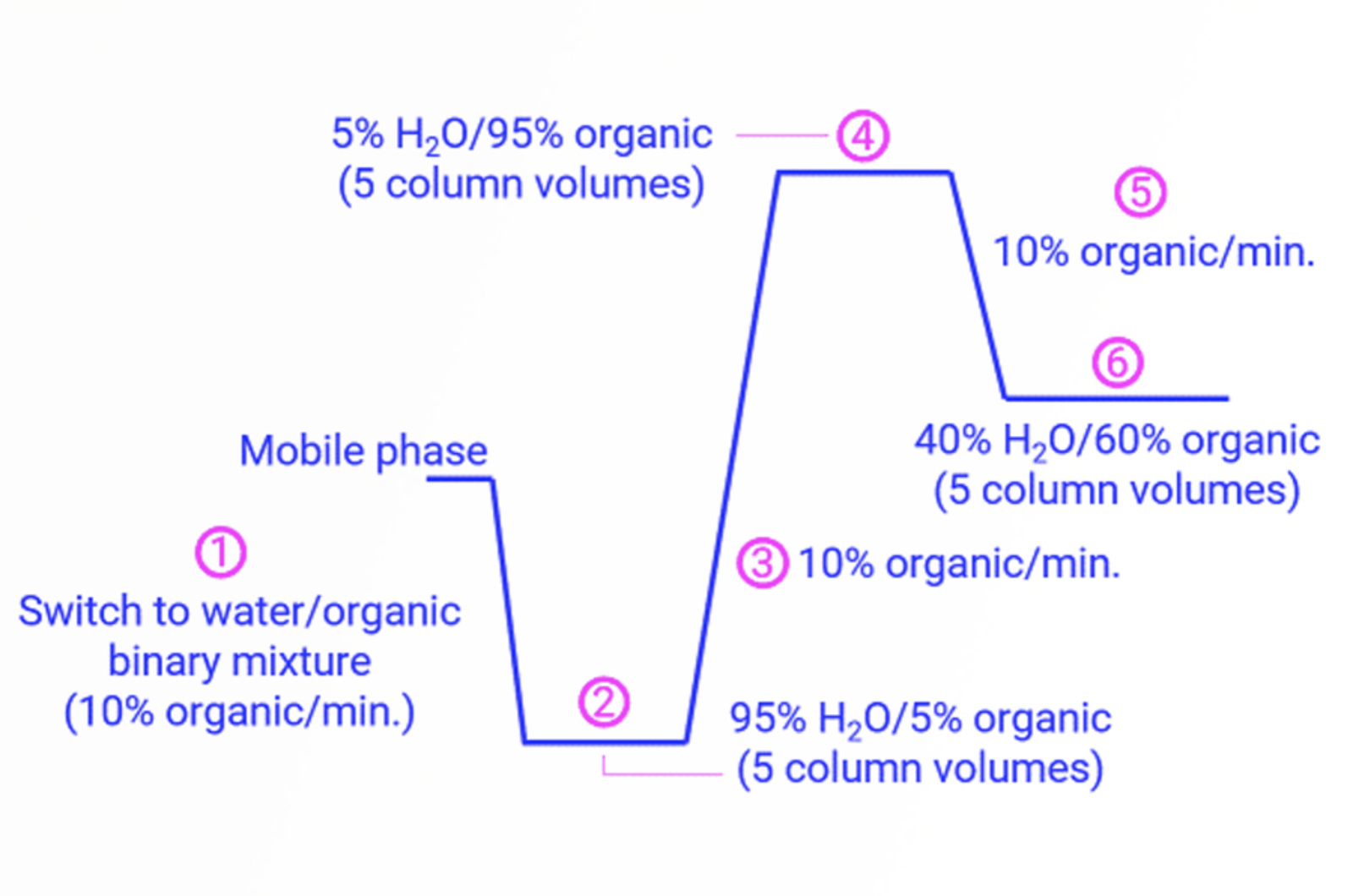Troubleshooting HPLC Column Issues
This learning path on troubleshooting HPLC column issues covers pressure fluctuations, peak tailing, resolution loss, and short column lifespan. It includes diagnosing contamination, void formation, and stationary phase degradation. Practical strategies focus on proper column care, flushing protocols, storage conditions, and method optimization for consistent, high-performance separations.
1 Module 2 Webcasts 11 Quick Guides
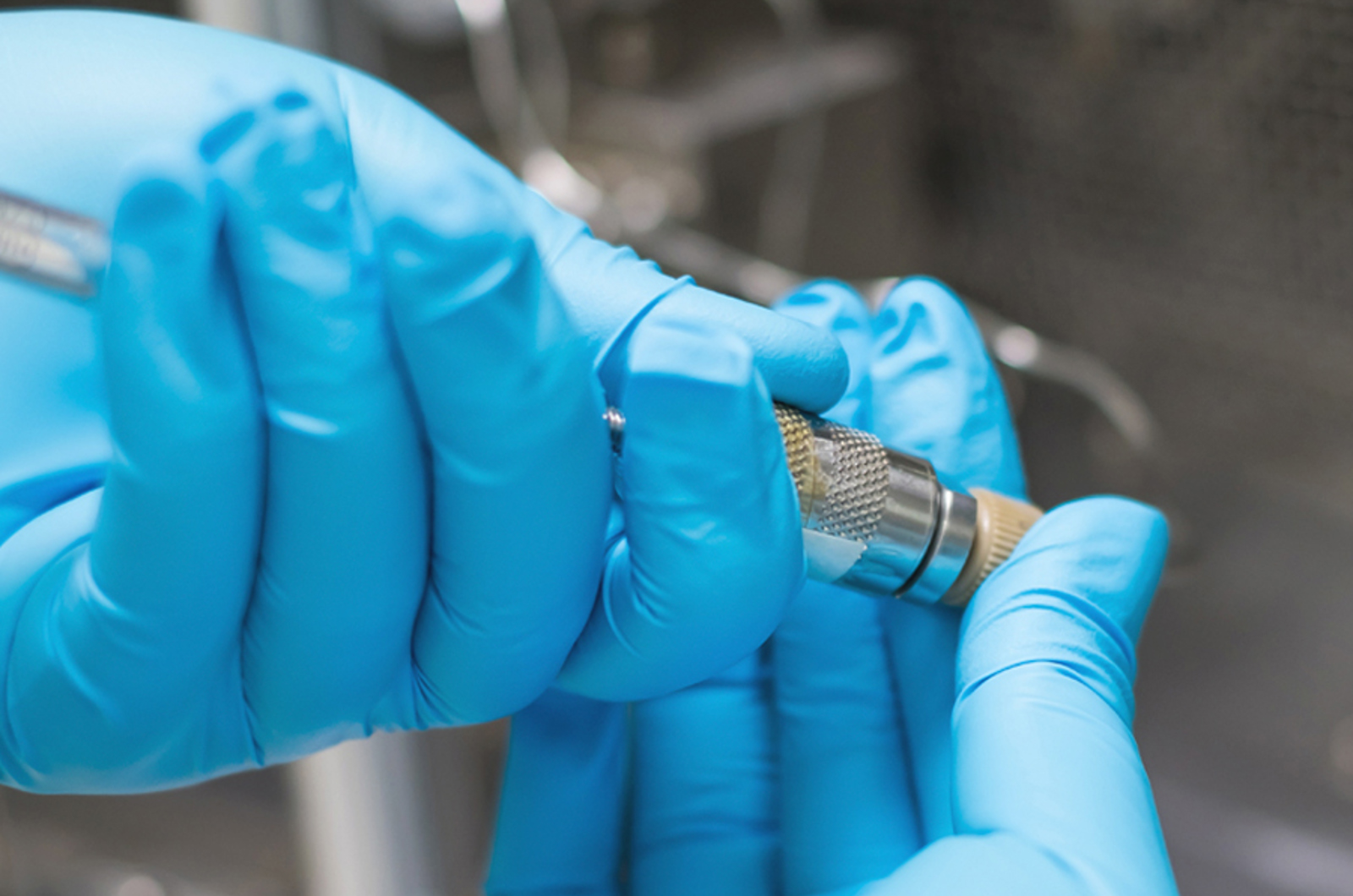
14 Items

HPLC Column Issues
The column is at the heart of the HPLC separation, therefore, column related issues can have a big impact on the reliability of our method. We will consider the most common sources of common related issues, allowing you to troubleshoot problematic methods as well as avoiding many of these pitfalls in the first place.
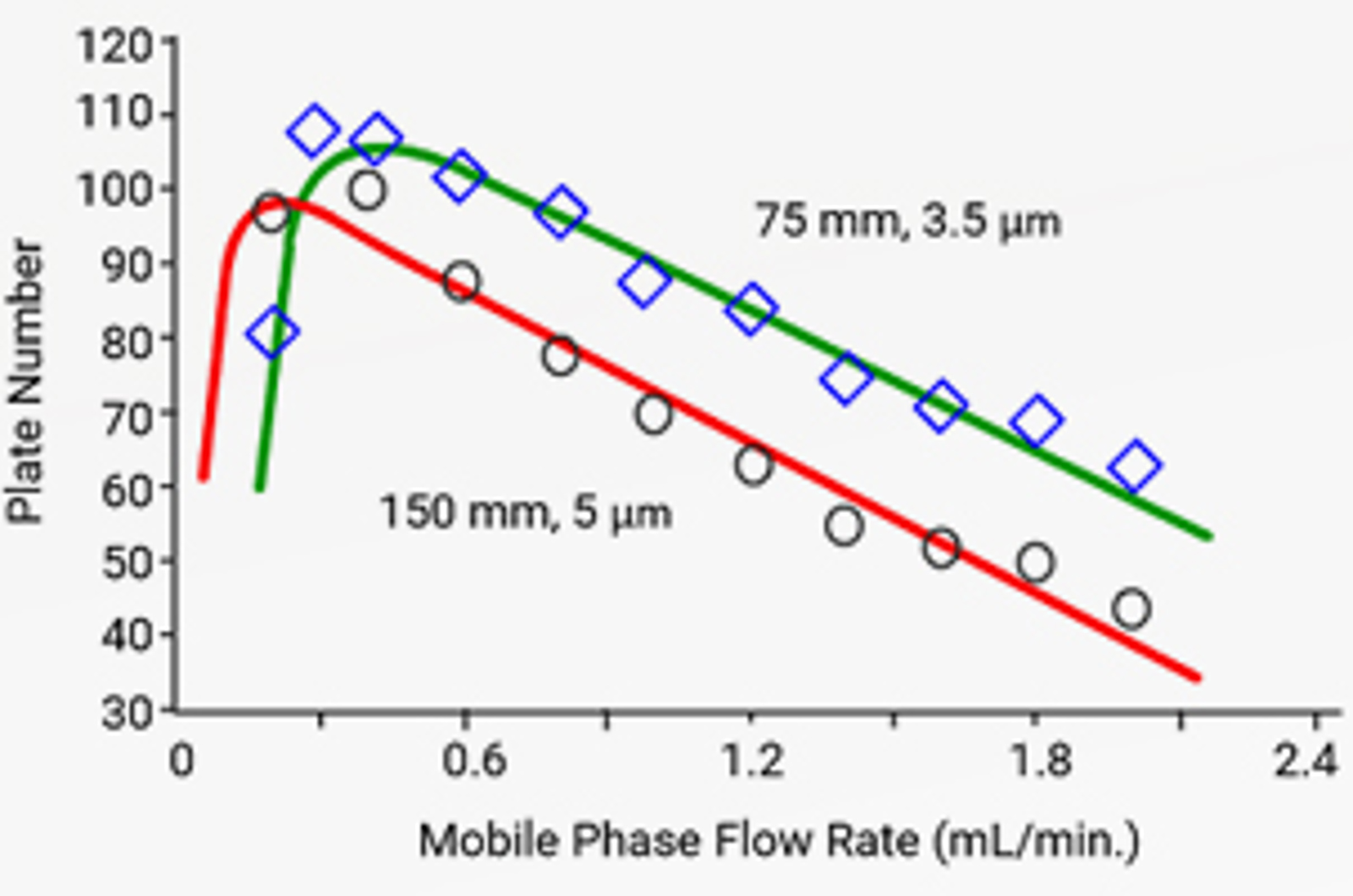
HPLC Column Chemistry
The aim of this module is to introduce silica as a major stationary phase support for reversed phase HPLC separations and for normal phase applications. The use of bonded phases in various chromatographic applications, and the influence of surface silica silanol groups on chromatographic separations is illustrated. Modern bonded phases that give an advantage to today’s chromatographer are introduced.
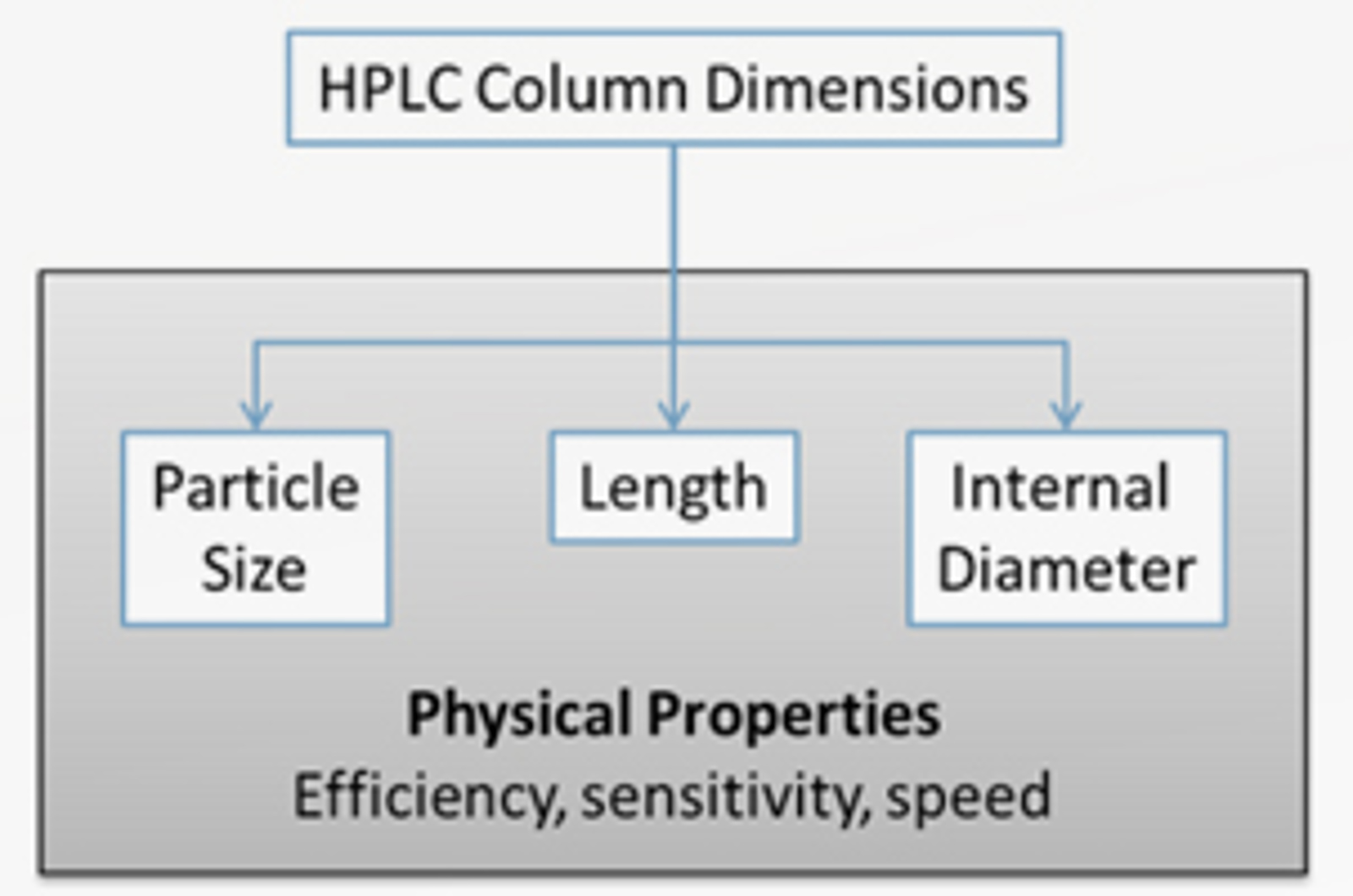
HPLC Column Dimensions
HPLC column dimensions will affect the efficiency sensitivity, and speed of an analysis. The primary column dimensions of particle size, length, and internal diameter will be discussed and their effect on chromatographic separations demonstrated, providing some practical insight into how to select the best column dimensions for a particular application.
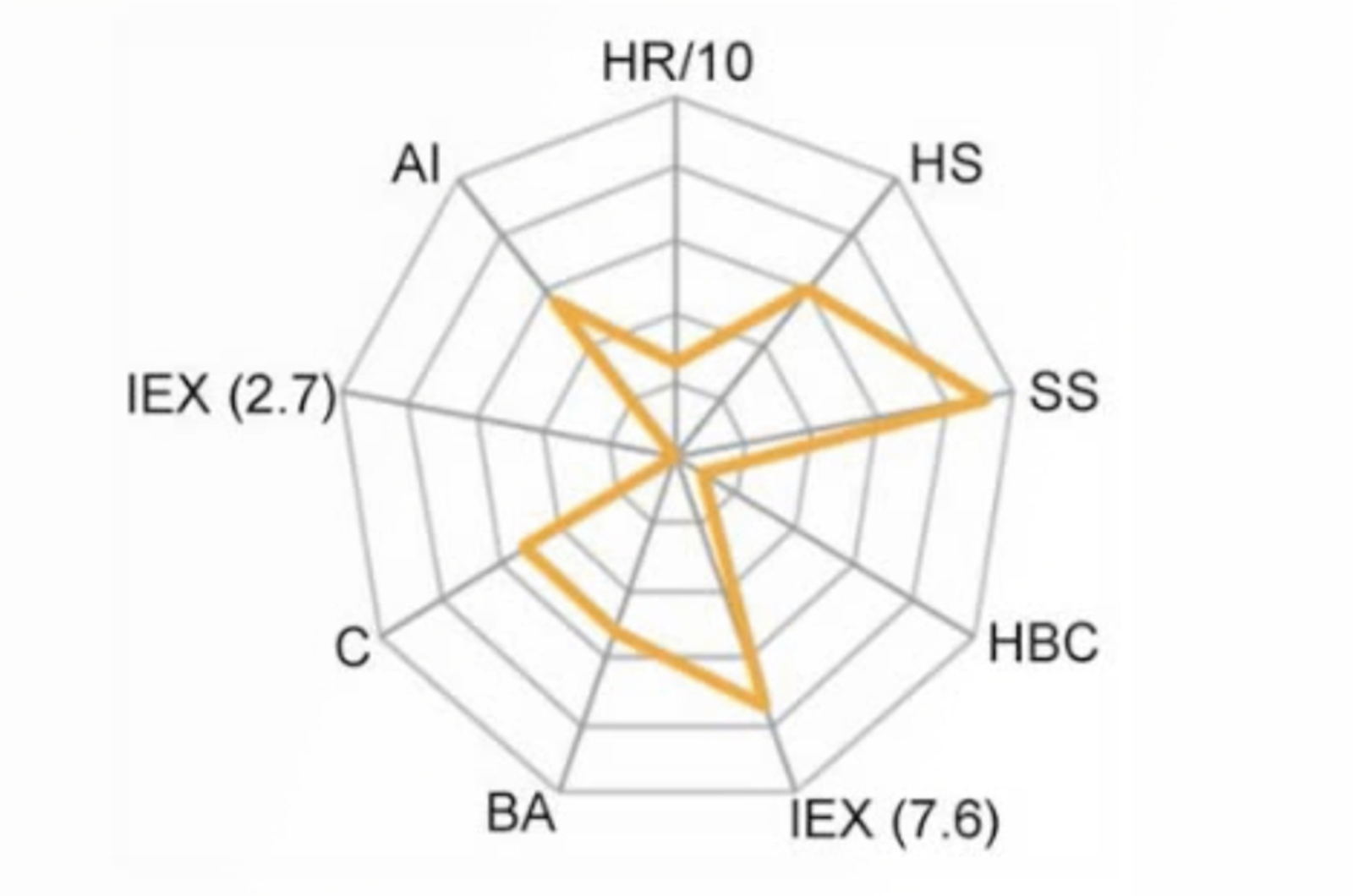
Understanding HPLC Column Characterization and Selection
This educational webcast will provide information on HPLC column characterization and selection for reversed phase separations. In this session, our speakers present a definitive guide to the advanced classification of HPLC stationary phases. We will consider the critical characteristics of HPLC supports and bonded phase ligands for reversed phase HPLC and the way in which these materials are classified in terms of the essential performance characteristics by column vendors and independent testing organizations alike. We will also discuss how classification results can be used to select columns for HPLC method development and the relationships between analyte and column characteristics.
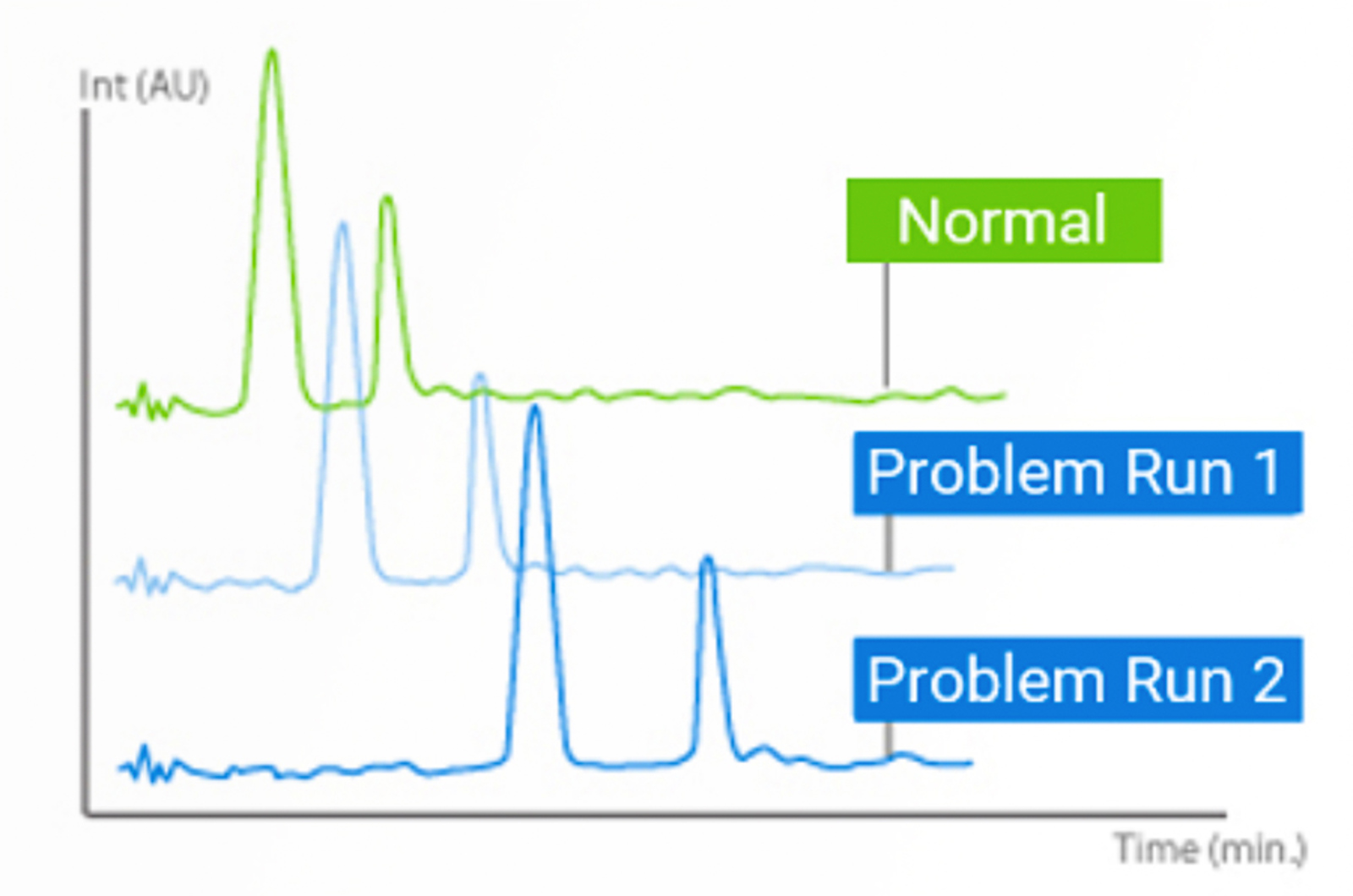
Retention Time Variability in HPLC
There are a whole bunch of retention time issues that cause problems in HPLC. A lot of the underlying causes we can do something about – others we just need to be aware of the cause and put our minds to rest. This quick guide will outline how to overcome or better control these issues.
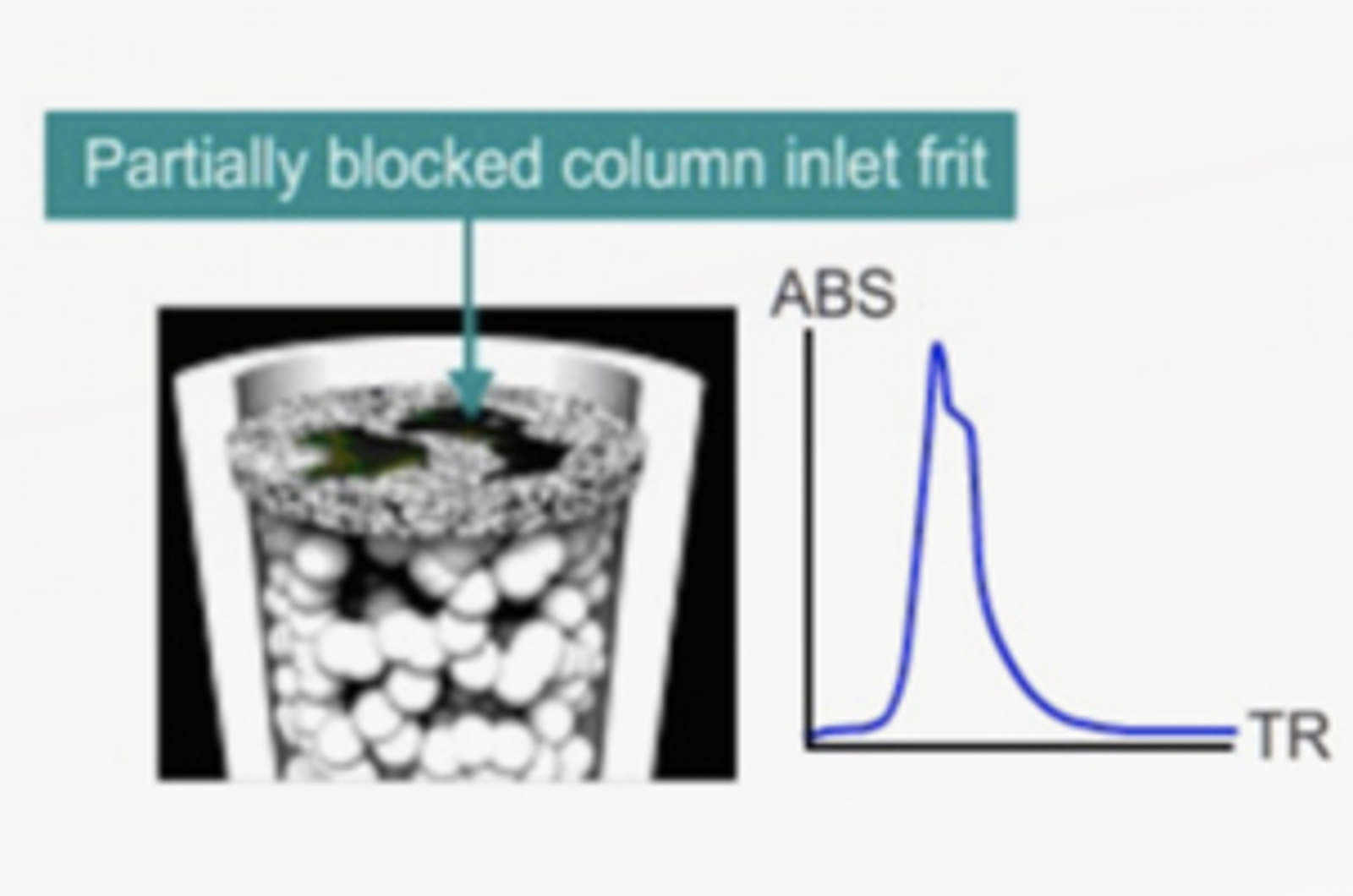
HPLC Column Abuse
Don’t let your HPLC column become just another statistic of abuse! Read these few short questions on HPLC column myths and be kind to your columns. They’ll appreciate it and work better for you.
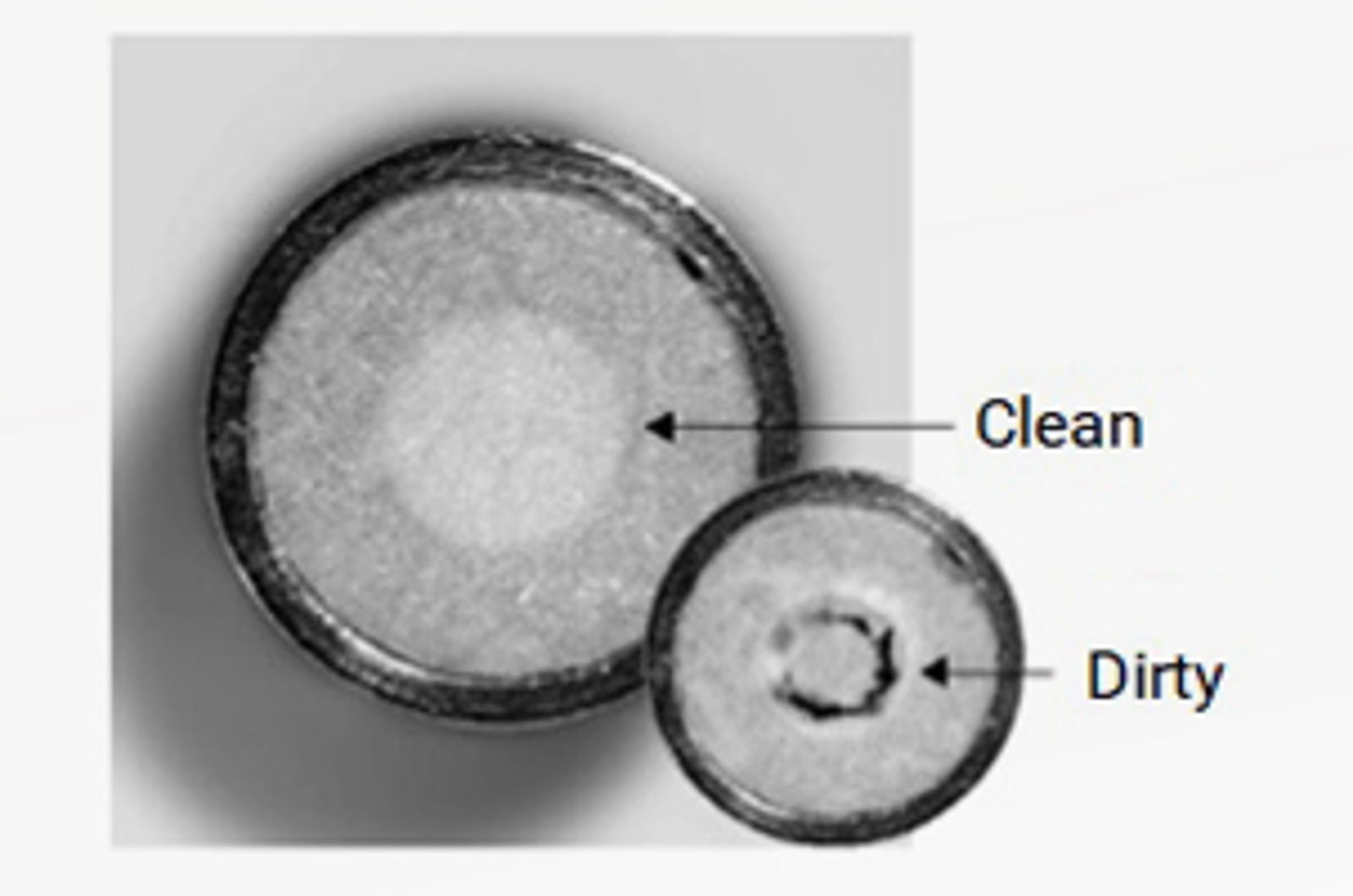
HPLC Column Maintenance - Prevention is Better than Cure
Preventing problems before they occur is always preferable to troubleshooting complex problems. This quick guide will look at practical steps that can be taken to ensure columns are well maintained so that they can perform as required, including dedicating columns, using in-line filters, guard columns or disks, utilizing sample clean up, proper column storage, and column replacement.
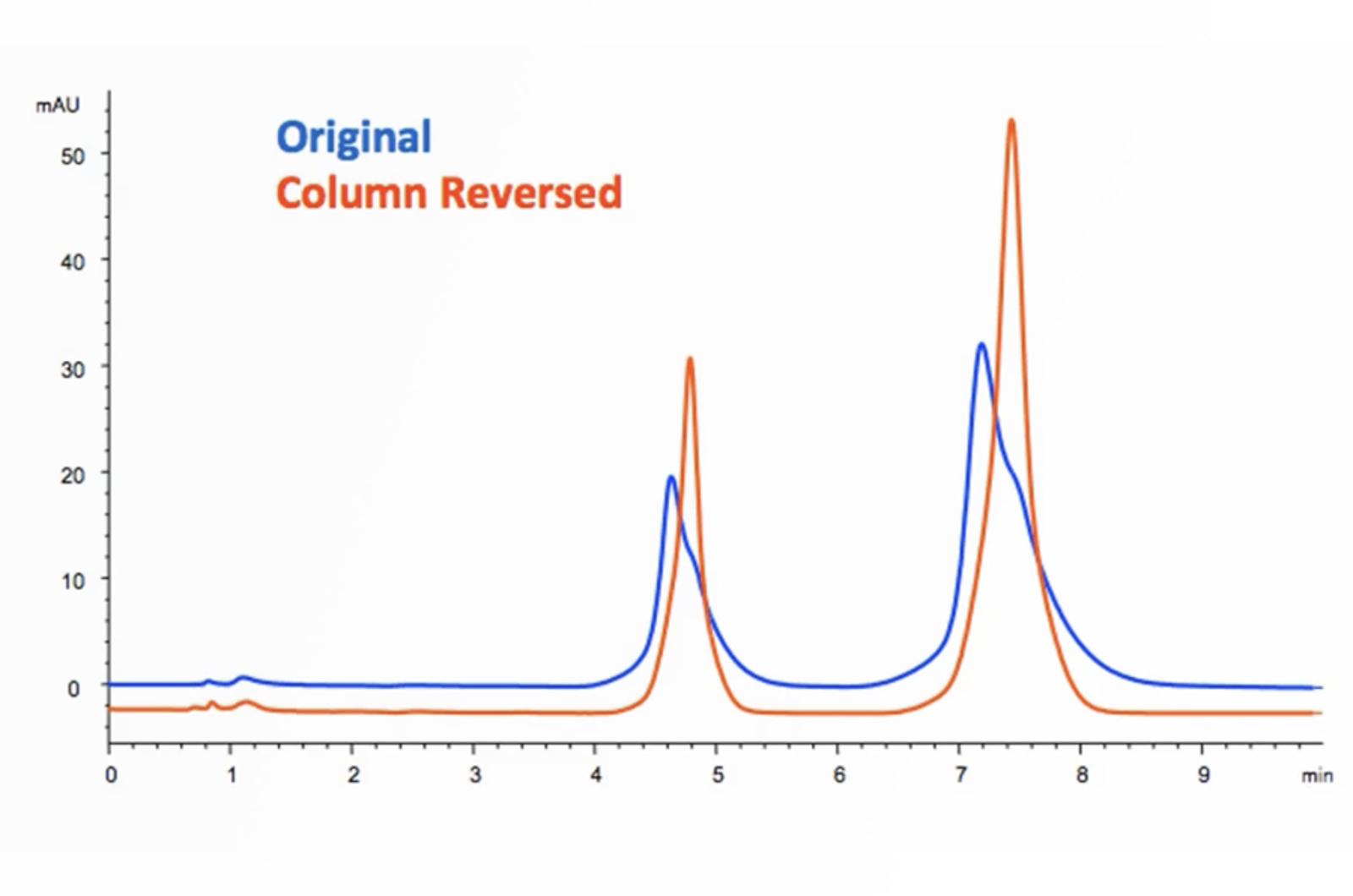
HPLC Troubleshooting Video - Peak Tailing
Tailing peaks create issues with resolution, quantitation (integration), and reproducibility. Peak shape is often the controlling factor when optimizing complex separations, especially when components are present in very different concentrations. Therefore, we are going to look at the top 5 causes of peak tailing provided by our HPLC Troubleshooter – these results have been ranked so are the most likely causes of peak tailing and should, therefore, be your first consideration when you are faced with this problem.
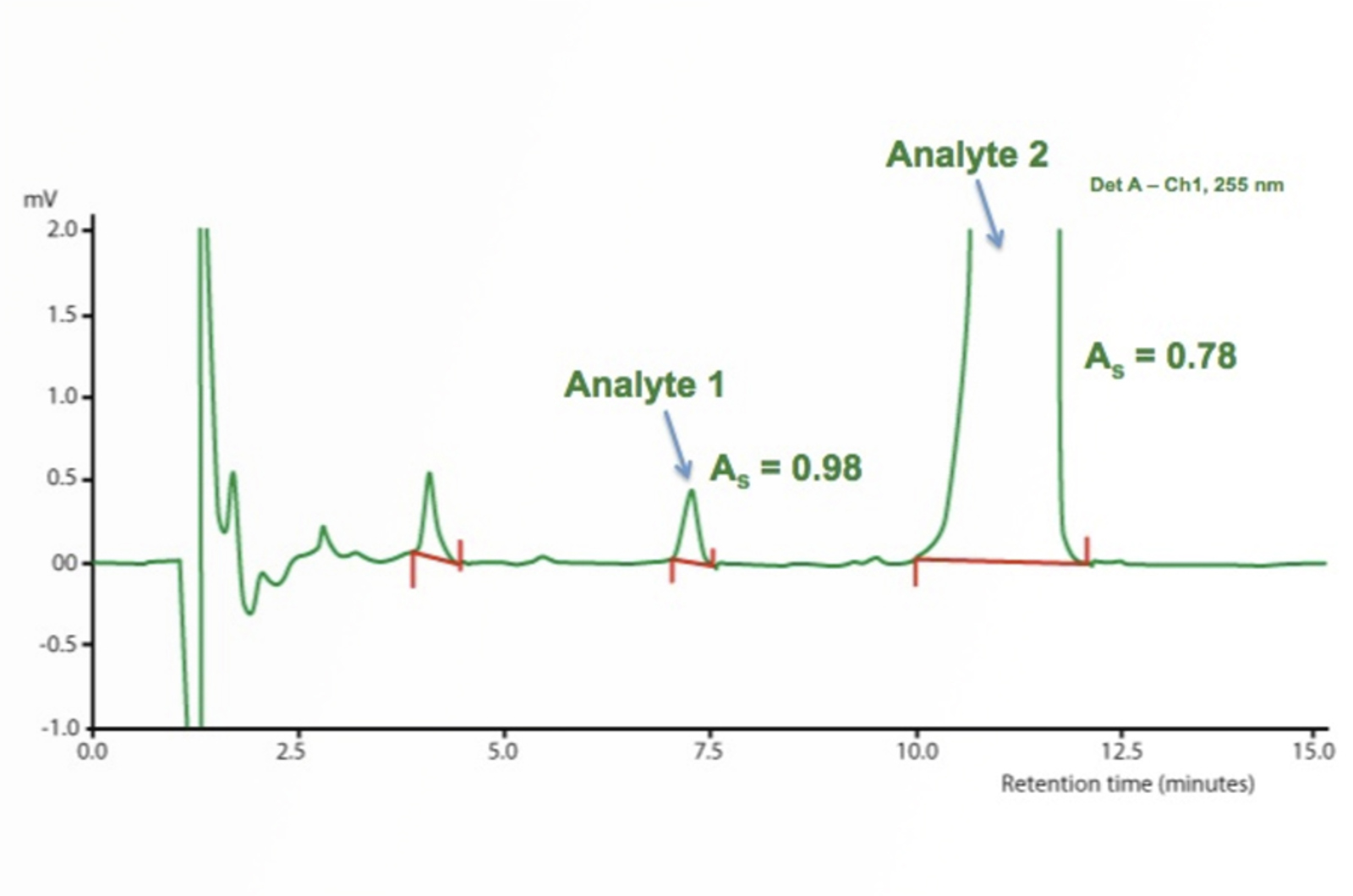
HPLC Troubleshooting Guide to Peak Fronting and Poor Sensitivity
Using a real world problem this quick guide will show you how to recognize the problem of peak fronting and the steps which should be taken during troubleshooting.
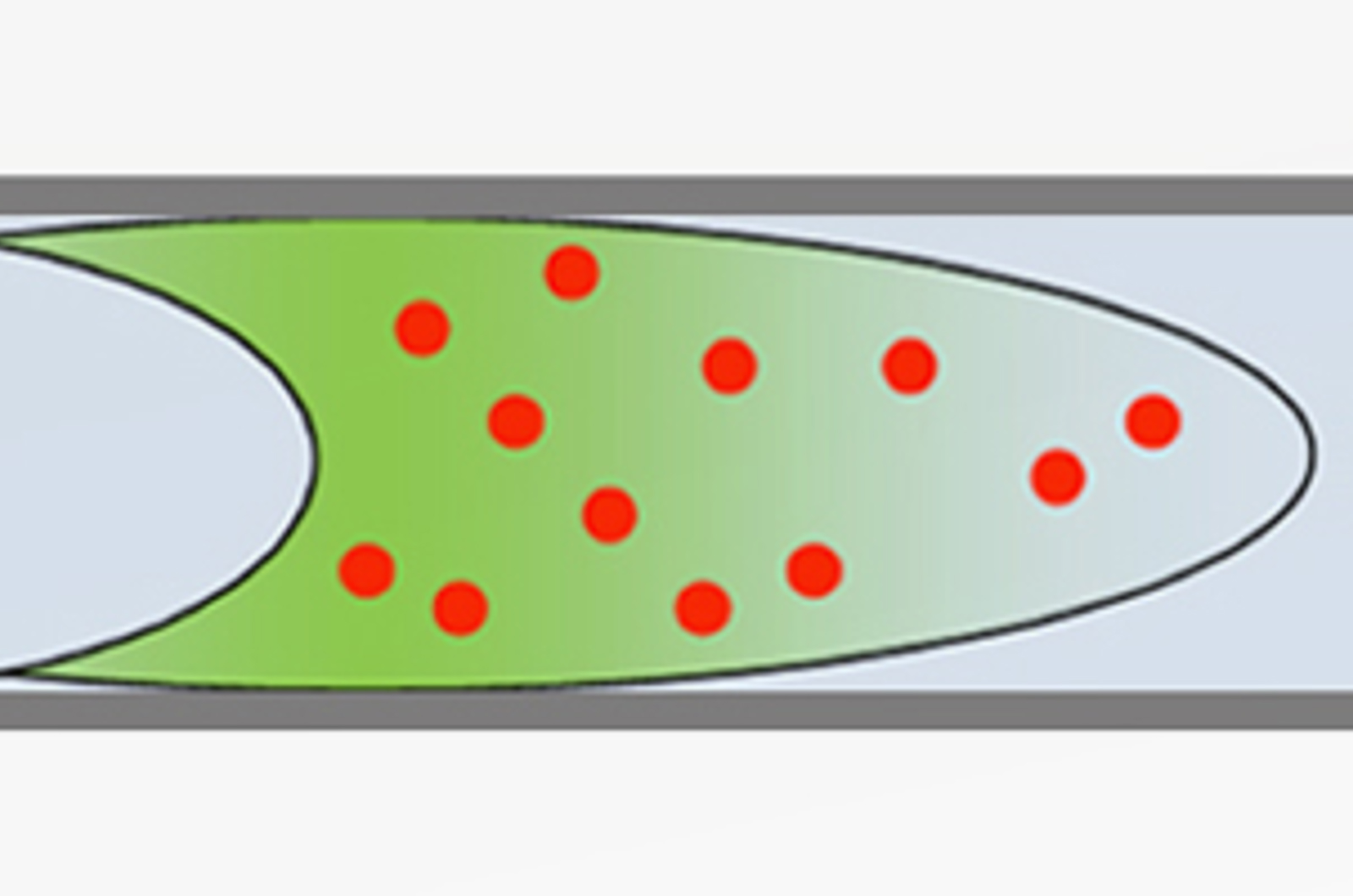
Sample Diluent Effects in HPLC
Most of us will know that the solvent (diluent) used to prepare HPLC samples can have an effect on HPLC peak shapes. The following discussion highlights some facts, figures, and tips and tricks that can help in a practical situation.
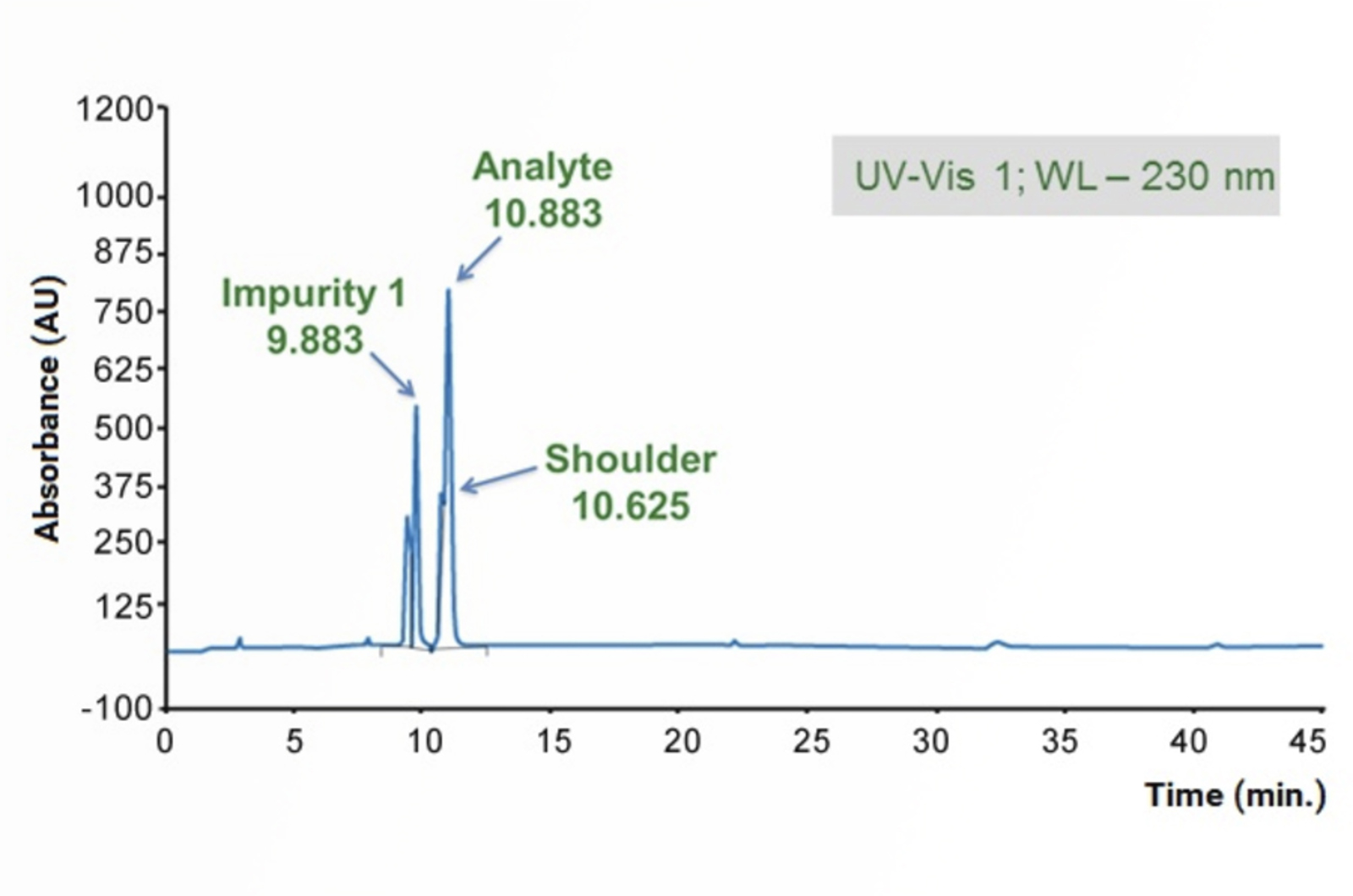
HPLC Troubleshooting Guide to Peak Splitting Problems
This quick guide focuses on troubleshooting the most common causes of peak splitting problems using the CHROMacademy interactive HPLC Troubleshooter.

HPLC Troubleshooting - More Split Peaks
Peak splitting can be caused by either physical or chemical issues – asking the right questions and knowing the common causes of peak splitting will help to quickly troubleshoot the problem. The real-life example in this quick guide will show you how.
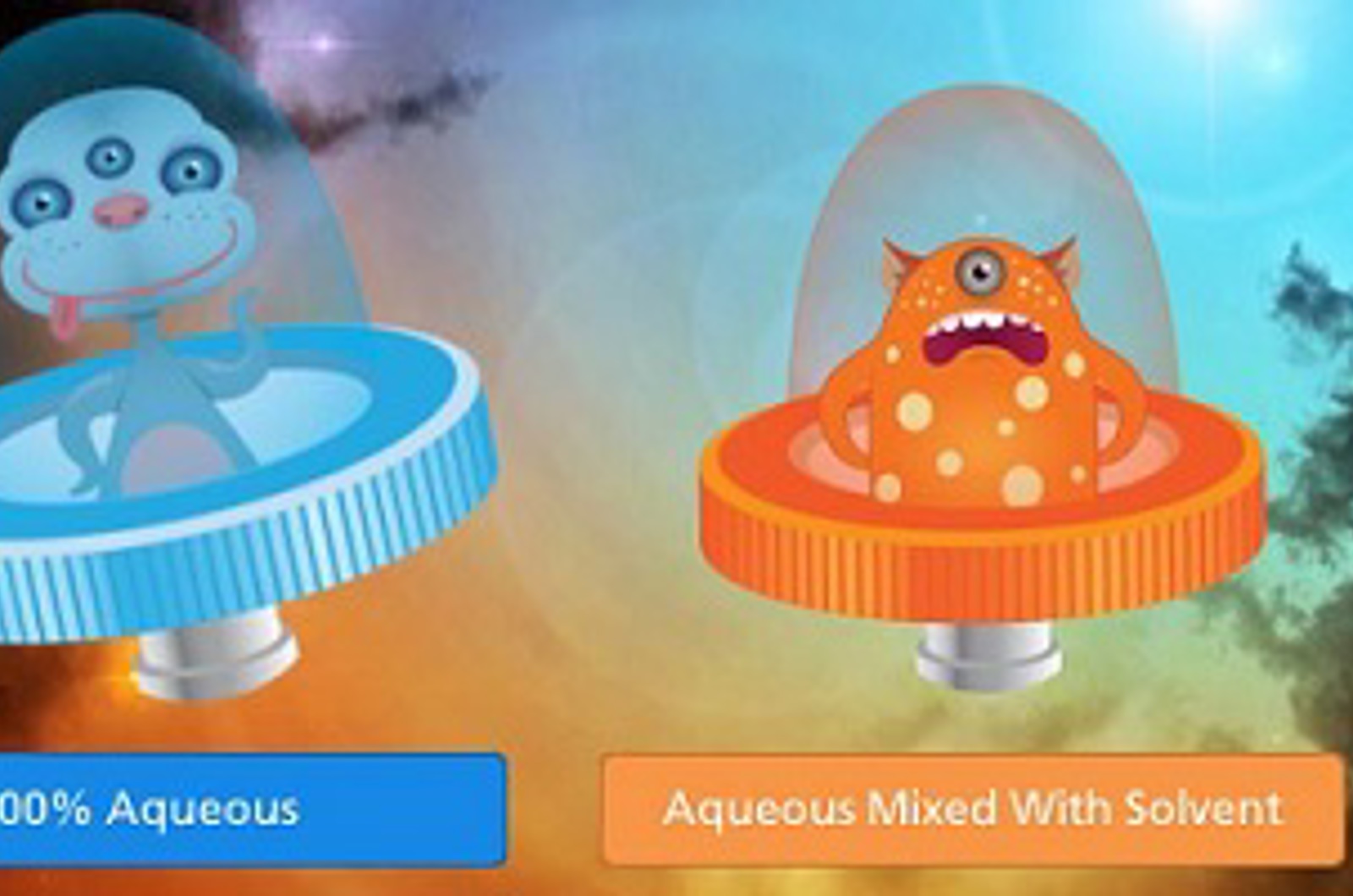
HPLC Filtration - Rocks, Boulders, and Sand
We get asked a lot about the value of mobile phase filtration and, especially since the introduction of UHPLC, the various system filters and how best to protect HPLC systems to allow maximum up time. We have collected together an assembly of thoughts on all things filtration for HPLC – and how to deal with various nasties – from rocks to sand.

